
| Great Wall Walking (Jiankou, Mutianyu and Jinshanling Walls) |
Getting There |
|
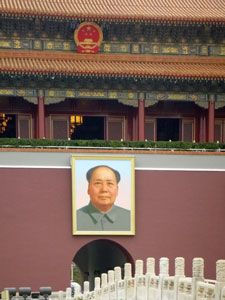 China at last! |
Even more amazing than the place were the crowds of Chinese tourists, mostly in large groups designated by hats of the same colour, bustling at all the doors and openings to view whatever marvels lay within (sometimes it is an advantage to be a tall westerner).
|
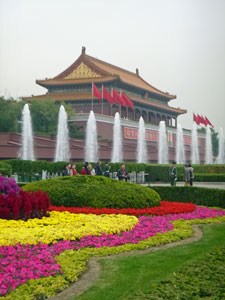 Tian'anmen - The Gate of Heavenly Peace |
|
 |
Day 1 - Jiankou and Mutianyu Great Walls (8km - 490m ascent – 770m descent) |
|
|
|
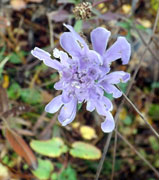 |
|
|
|
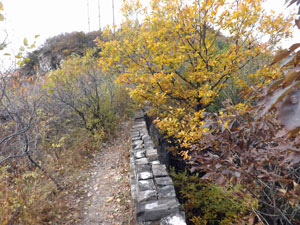 An overgrown section of the Jiankou Wall |
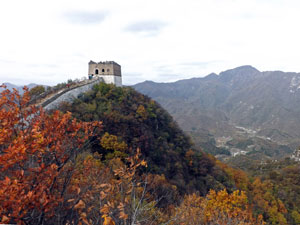 View back to ZhengbeilouTower |
|
|
||
|
||
|
|
|
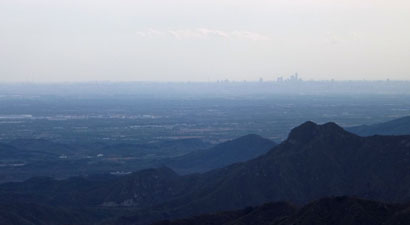 Southward view over the plains to the Beijing skyline |
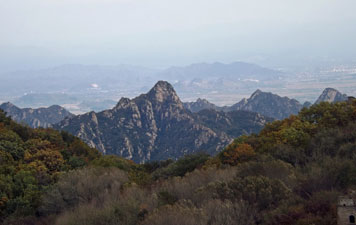 Rugged peaks to the north of the wall |
|
|
|
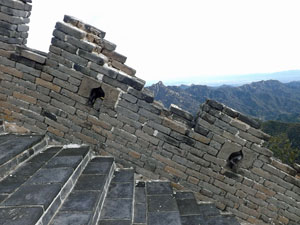 The steepness of The Heavenly Ladder |
 View over Huairou city and reservoir from the wall |
|
|
||
|
|
|
|
|
|
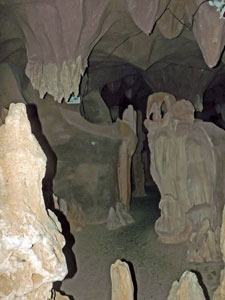 Entry to the cave |
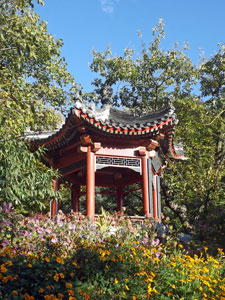 Gardens at Mutianyu village |
|
|
||
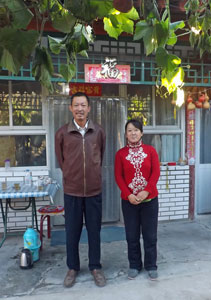 Our hosts - Mr an Mme Hao |
|
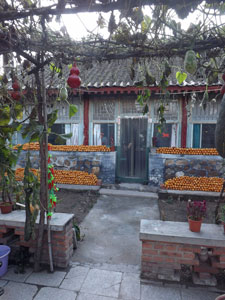 The Gubeikou guesthouse |
 |
Day 2 – Jinshanling Great Wall (5km - 430m ascent – 430m descent) |
|
 Decorated gourds at the hostel |
|
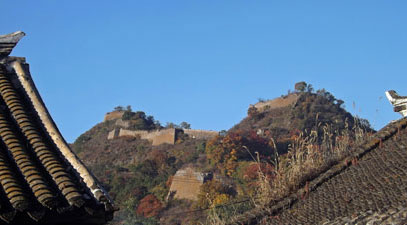 Section of unrestored Great Wall above Gubeikou village |
 Breakfast with Robert and Mr Liao |
|
|
|
 Climbing up to the Jinshanling Wall |
 The Jinshanling Wall snakes its way westward along the ridges |
|
|
|
|
|
|
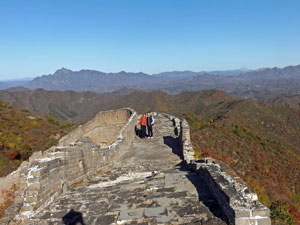 Early morning on the Great Wall |
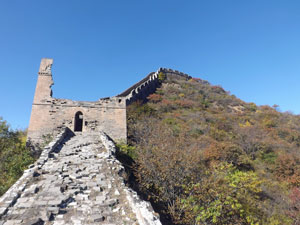 Looking back up to a ruined watchtower |
|
|
||
|
|
|
|
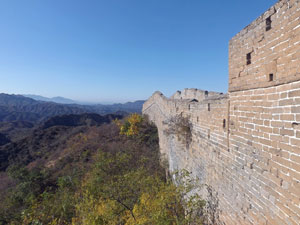 Exterior of the wall |
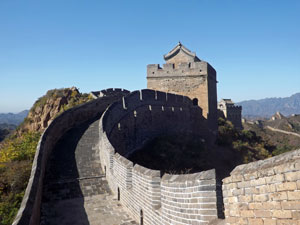 A nicely restored section of the Jinshanling Wall |
 The Dark Tower |
|
|
|
|
    |
Beijing bonus photos - The Forbidden City |
|
|
|
|
|
|
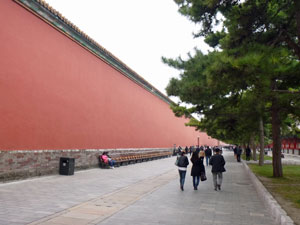 Outside the palace walls |
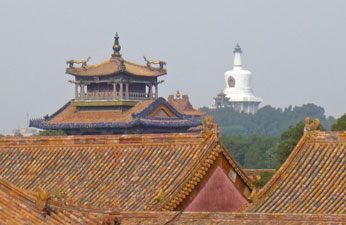 Rooftops of the forbidden city |
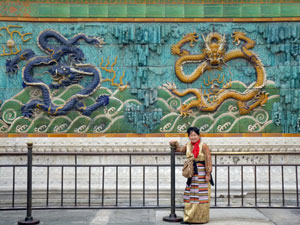 If you pose for a photo someone will take it |
|
||
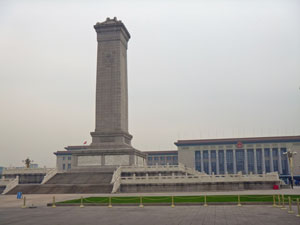 Tian'anmen Square - the symbolic heart of China |
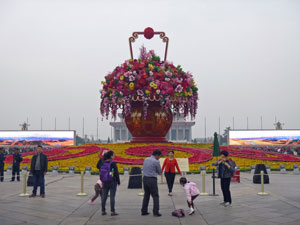 The big flowerpot - it would give any of our "big" objects a go |
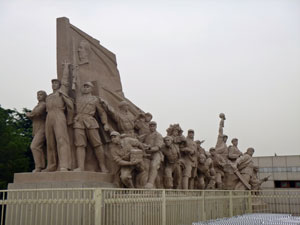 The workers united |
|
||
 |